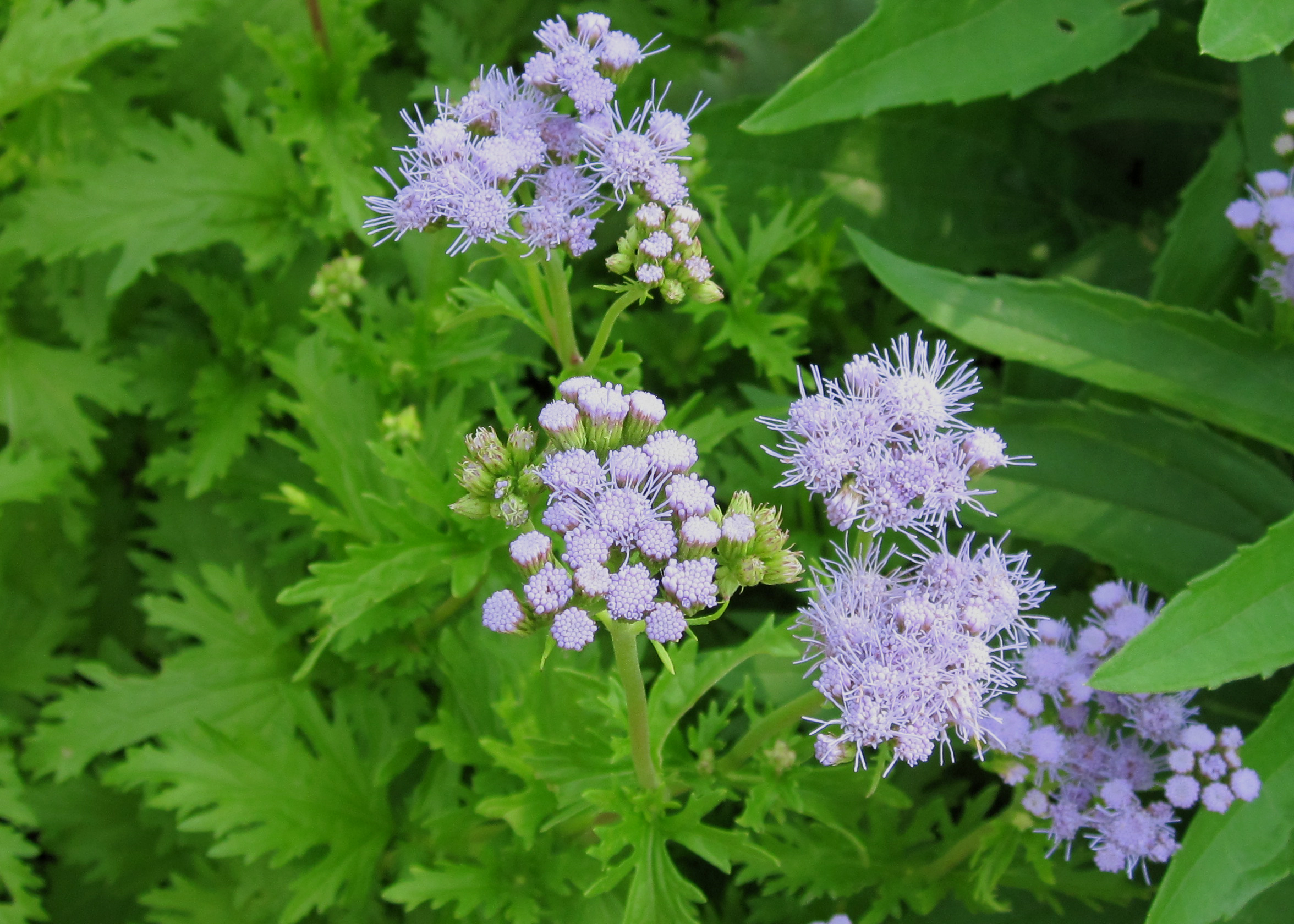Phalaenopsis Orchid named Texas Superstar in time for Valentine’s Day
Can continue blooming for as long as nine or 10 months
Celebrate your love with an orchid this Valentine’s Day … and celebrate Texas by giving the first orchid designated a Texas Superstar.
This orchid is not only beautiful and easy to grow, but the plant can continue blooming for as long as nine or 10 months. Phalaenopsis orchids are practically pest free, require little maintenance, and thrive in low light conditions. They are available in all colors of the rainbow, except true blue.
“Phalaenopsis, the moth orchid’, is one of the best orchids for growing in the home,” said Dr. Jerry Parsons, Texas Cooperative Extension horticulturist in San Antonio and member of the Texas Superstar team. “If you can grow and bloom African violets, you will be very successful in growing and blooming Phalaenopsis.”
Dr. Yin-Tung Wang, a research horticulturist at the Texas A&M University System Agricultural Research and Extension Center at Weslaco, began experimenting with Phalaenopsis orchids in 1990. This is the only such research program at a public university in the United States. Over the years, he has developed and perfected commercial orchid growing techniques, opening the way for Phalaenopsis orchids to become one of the fastest-growing segments of the floral industry.
“This is a great example of how one very bright and dedicated researcher can make such a difference in the lives of so many Texans,” said Dr. Steve George, Extension horticulturist in Dallas and co-coordinator of the Texas Superstar Program. “Over the years, Dr. Wang has almost single-handedly created an orchid industry in south Texas, and because of his cultural discoveries allowing improved production in the state, you can now buy Phalaenopsis orchids whose blossoms will take your breath away.”
Flowers of the Phalaenopsis orchids last much longer than cut roses. “Each individual bloom lasts 80 to 120 days, with some varieties blooming for as long as nine to 10 months,” said Wang. “However, exposure to the fumes and gases from gas stoves, automobiles, and cigarettes can cause all of the flowers and buds to drop prematurely in a few days.”
“Temperatures for Phalaenopsis should usually be above 68 degrees at night, and range between 75 and 85 degrees during the day for fast leaf and root growth,” said Parsons. “In the fall, several weeks with night temperatures of 60-65 degrees and day temperatures that do not exceed 78 degrees are needed to initiate flower spikes.” Wang said if you feel comfortable in the house, the plant is probably just fine.
Water is especially critical for this orchid. The medium should never be allowed to dry out completely. “Plants should be thoroughly watered and not watered again until nearly dry, but not until bone dry,” said Parsons.
“You don’t really have to worry about over-watering because the medium is so porous that water will quickly move through the rootball and into the saucer underneath,” said Wang. “Just make sure the saucer is empty at all times. And be sure to water only once a week.”
“These orchids can not tolerate full sun, but they can tolerate low light better than most indoor flowering plants,” said Parsons. “Phalaenopsis orchids grow well near bright windows, but with no direct sun light.” An east window is ideal in the home; shaded south or west windows are also acceptable. Artificial lighting is fine if placed no more than 2 feet above the leaves.
“Fertilizer should be applied on a regular schedule, especially if the weather is warm and plants are actively growing,” said Wang. “Apply a complete houseplant fertilizer according to label directions at each irrigation.”
“Humidity is important to Phalaenopsis; the recommended humidity being between 50 and 80 percent,” said Parsons. “In the home, set the plants on trays of gravel, partially filled with water, so the pots never sit in water. Mist the plants during dry weather, in the morning only. Grouping plants together raises the humidity by keeping the moisture that plants transpire from being lost too quickly.”
“The Phalaenopsis normally would start to bloom before Christmas and would be in good supply from South Texas growers in time for Valentine’s Day,” said Parsons. “However, it is late this year due to the warm fall in 2002. The plants are about two to three weeks late opening their first blooms so some retailers may be in short supply.”
The Texas Superstar effort is “one of Texas A&M University’s most innovative and successful horticultural research and Extension programs,” said George. Only the best adapted, highest performing and most pest-resistant plant materials are designated Texas Superstars, and should include the Texas Superstar pot label.
For more information on orchid culture or Wang’s research, please visit his web site at http://primera.tamu.edu/orchids/orchids.htm
Check out the orchid photo gallery at http://aggie-horticulture.tamu.edu/phalaenopsis.
For more information on the Texas Superstar program or to find the nearest official Texas Superstar retailer, go to http://TexasSuperstar.com.





